In The Rest is Noise, Alex Ross, music critic of the New Yorker, gives us a riveting tour of the wild landscape of twentieth-century classical music: portraits of individuals, cultures, and nations reveal the predicament of the composer in a noisy, chaotic century.
Here, as part of our music-themed month on the blog, we present an abridged version of the chapter-by-chapter Listening Guide that can be found in the back of the book, complete with corresponding Spotify playlists. Alex has also kindly updated his recommendations to accommodate the first years of the 21st Century.
A tip-of-the-iceberg introduction to a century of classical music, we recommend you immerse yourself in these recordings right away (and immerse yourself in the book immediately afterward!).
Chapter 1: The Golden Age
‘Richard Strauss’s Salome, with which The Rest Is Noise begins, is a many-sided creation that foreshadows various destinies for twentieth century music: modernist dissonance, Romantic nostalgia, ironic detachment.
Chapter 2: Doctor Faust
Schoenberg and Stravinsky may have caused the scandals, but Claude Debussy was the first composer to dissolve harmony as we knew it.
Chapter 3: Dance of the Earth
Stravinsky was a captivating if not always technically flawless conductor of his own music, and his renditions of The Rite of Spring, Petrushka, Symphony of Psalms, and the Symphony in Three Movements have never really been bettered.
Chapter 4: Invisible Men
No single recording can sum up the teeming world of Charles Ives, America’s pioneering modernist, but Michael Tilson Thomas comes close with the disc Charles Ives: An American Journey.
Chapter 5: Apparition from the Woods
If the symphony threatened to become a Romantic relic after Mahler’s death, Sibelius proved how much life remained in the form. I first fell in love with Sibelius’s mysterious later symphonies (Nos. 4–7) through Herbert von Karajan’s recordings with the Berlin Philharmonic.
Chapter 6: City of Nets
In the fractured musical world of Germany in the 1920s, rival styles of composition outnumbered warring parties in the Reichstag. Paul Hindemith, who moved to Berlin in the second half of the decade, helped set the tone with the mechanized bustle of his Kammermusik pieces.
Chapter 7: The Art of Fear
The fifteen symphonies of Dmitri Shostakovich, the enigmatic icon of Soviet music, have proved nearly as popular on recording as those of Mahler.
Chapter 8: Music for All
During the New Deal era of the thirties and forties, Aaron Copland stepped forward as the musical embodiment of America’s populist, leftist spirit.
Chapter 9: Death Fugue
Conspicuously little music of enduring value emerged from Nazi Germany. Most of it came from the pen of Richard Strauss, who, after being ejected from the Nazi cultural machinery in 1935, somehow regained his creative powers. His opera Daphne, a flight from history into mythology, is best heard in a shimmering live performance under the direction of Karl Böhm.
Chapter 10: Zero Hour
My sketch of musical activity in Germany during the Allied occupation from 1945 to 1949 is based mainly on research conducted at the National Archives in Washington, DC. David Monod’s book Settling Scores: German Music, Denazification, and the Americans, 1945–1953 sheds more light on America’s influential if short-lived intervention in German music history. The chapter sets the stage for the era of the international avant-garde, which produced an impossibly varied tumult of styles and sounds.
Chapter 11: Brave New World
Olivier Messiaen’s mercurial, ethereal Quartet for the End of Time, first performed at a German prisoner-of-war camp in 1941, heralded the rise of the postwar avant-garde, not least because Pierre Boulez, Karlheinz Stockhausen, and Iannis Xenakis all received guidance from Messiaen in Paris.
Chapter 12: “Grimes! Grimes!”
Benjamin Britten, like Sibelius earlier in the century, was an ostensible conservative who extracted residual musical and psychological potency from seemingly worn-out forms. The Suffolk psychodrama Peter Grimes stands at the center of Britten’s output, and the composer’s own recorded version, set down in 1958 with Peter Pears in the title role, likewise dominates the Britten catalogue.
Chapter 13: Zion Park
If Quartet for the End of Time has whetted your appetite for Messiaen, invest in a six-disc, budget-priced set on the Naïve label. Reinbert de Leeuw’s account of From the Canyons to the Stars, Messiaen’s tribute to the canyons and birds of Utah, is among the most sensually overwhelming recordings I know. The advanced Messiaeniste will want to own Saint Francis of Assisi, the composer’s sublimely overlong religious opera, which Kent Nagano recorded splendidly for DG.
Chapter 14: Beethoven Was Wrong
The penultimate chapter of The Rest Is Noise goes back to the beginning and looks at the century from an alternative perspective—that of composers living on the American West Coast. Steve Reich, the most rigorous of minimalists, has earned two box sets on Nonesuch; ECM’s 1978 recording of Music for 18 Musicians is a standout single disc.
Chapter 15: Sunken Cathedrals
When people ask me what contemporary music they need to hear, I sometimes ask in return, “What kind of music do you want?” A bewildering multiplicity of styles reigns in the current moment—as it did throughout the century past. With some hesitation, I have picked out ten recordings from the post-1975 era:
— John Adams, Harmonielehre; Edo de Waart conducting the San Francisco Symphony (Nonesuch)
— Gérard Grisey, Les Espaces acoustiques; Sylvain Cambreling conducting the Frankfurter Museumsorchester (Accord)
— Sofia Gubaidulina, Offertorium; Gidon Kremer, Charles Dutoit conducting the Boston Symphony (DG)
— Georg Friedrich Haas, in vain; Sylvain Cambreling conducting the Klangforum Wien (Kairos)
— György Kurtág, Stele; Claudio Abbado conducting the Berlin Philharmonic (DG)
— György Ligeti, Horn Trio; Pierre-Laurent Aimard, Marie-Luise Neunecker, Saschko Gawriloff (Sony)
— Witold Lutosławski, Symphony No. 3; Esa-Pekka Salonen conducting the LA Philharmonic (Sony)
— Meredith Monk, Dolmen Music (ECM)
— Arvo Pärt, Tabula Rasa; Gidon Kremer, Alfred Schnittke, and others (ECM)
— Tōru Takemitsu, Chamber Works; Toronto New Music Ensemble (Naxos)
…and ten works from the first years of the twenty-first century:
— John Luther Adams, Become Ocean; Ludovic Morlot conducting the Seattle Symphony (Cantaloupe)
— Thomas Adès, Tevot; Simon Rattle conducting the Berlin Philharmonic (EMI)
— George Benjamin, Written on Skin; Barbara Hannigan, Christopher Purves, Bejun Mehta, with Benjamin conducting the Mahler Chamber Orchestra (Nimbus)
— Harrison Birtwistle, Night’s Black Bird; Ryan Wigglesworth conducting the Hallé Orchestra (NMC)
— Chaya Czernowin, MAIM; Johannes Kalitzke conducting the Konzerthausorchester Berlin (Mode)
— Eva-Maria Houben, abgemalt; R. Andrew Lee (Irritable Hedgehog)
— Liza Lim, Tongue of the Invisible; Ensemble Musikfabrik (Wergo)
— Andrew Norman, Play; Gil Rose conducting the Boston Modern Orchestra Project (BMOP)
— Kaija Saariaho, L’Amour de loin; Dawn Upshaw, Gerald Finley, Esa-Pekka Salonen conducting the Finnish National Opera (DG DVD)
— Anna Thorvaldsdottir, In the Light of Air; ICE (Sono Luminus)
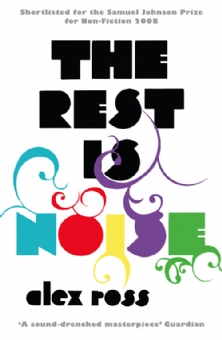 Words by Alex Ross.
Words by Alex Ross.
The Rest is Noise is out now.
Subscribe to the 4th Estate podcast here.
To find out more about our books, events and competitions, click here to sign up to our newsletter.
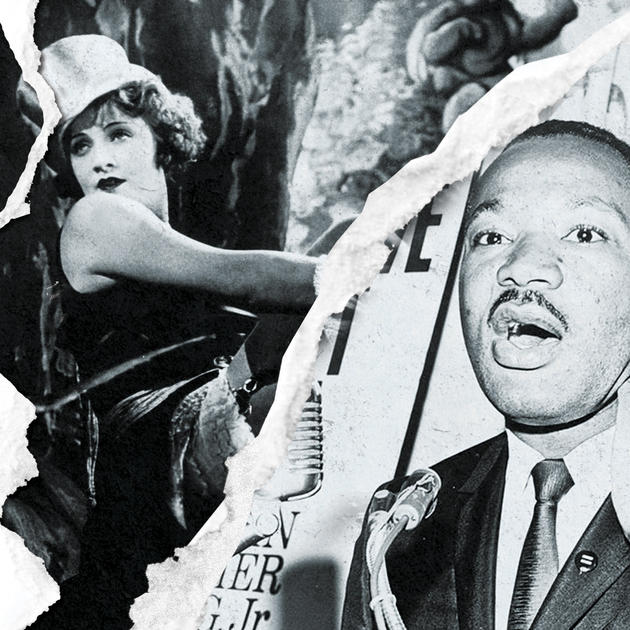
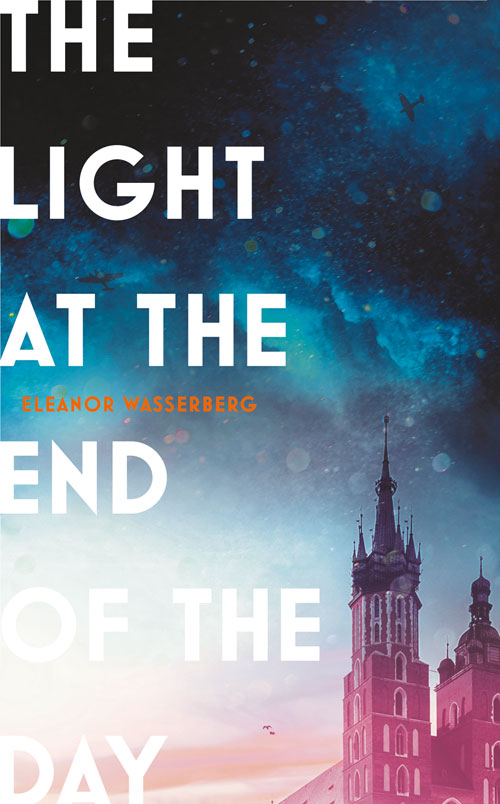
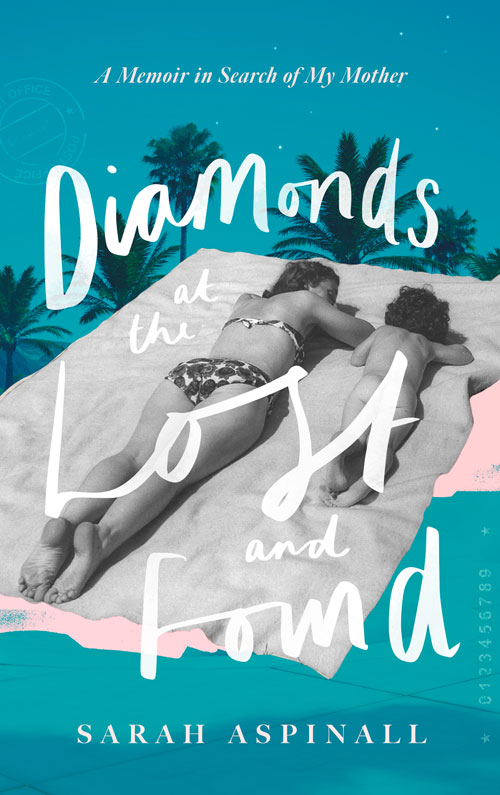
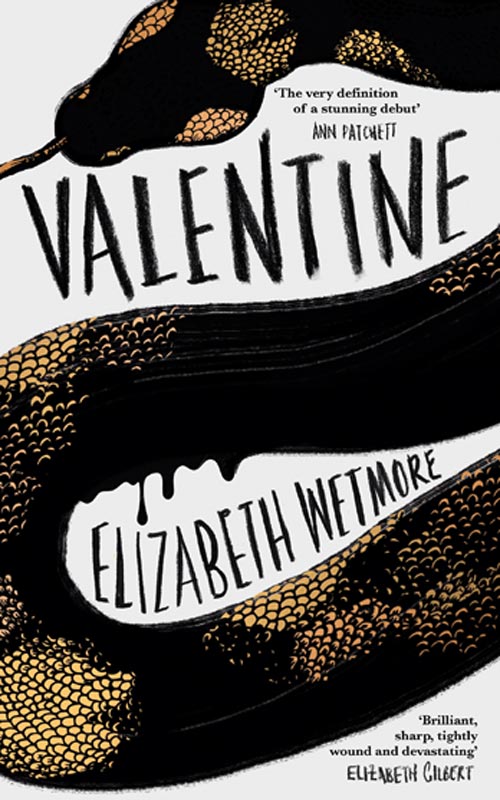
4thestatebooks